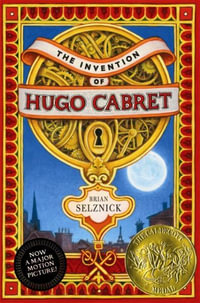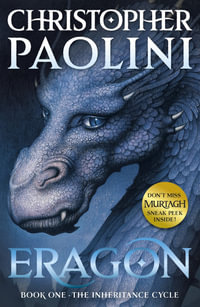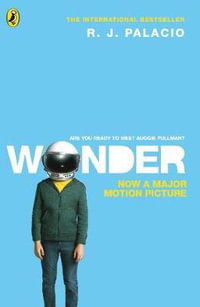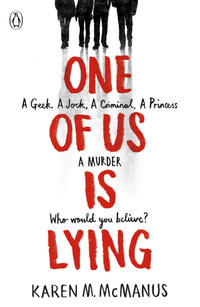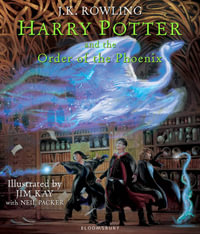During a holiday in his native Scotland, a tubercular and struggling writer and his step-son devised a map that led to imaginary treasure -- and enduring literature. Treasure Island, Stevenson's first full-length work of fiction, immediately secured his fame and, unlike sundry other "entertainments" of the period, continues to captivate readers of all ages.
The tale is told by an adventurous boy, Jim Hawkins, who spirits a treasure map away from the clutches of the menacing Blind Pew. Like his American soulmate Tom Sawyer, young Jim repeatedly disobeys the orders of his adult companions -- and by so doing always saves the day. Enlisting the help of Dr. Livesey and Squire Trelawney, Jim sets off in a hired ship in search of Captain Flint's buried treasure. Among the crew, however, is the treacherous Long John Silver, one of the great originals in English literature, who wants the treasure all to himself. This edition includes Stevenson's own essay about the composition of Treasure Island, written just before his death, and an intriguing Introduction by John Seelye that illuminates the reasons for the novel's continuing hold on the imagination.
About the Author
Robert Louis Stevenson was born in Edinburgh in 1850. The son of a prosperous civil engineer, he was expected to follow the family profession, but was allowed to study law at Edinburgh University. Stevenson reacted strongly against the Presbyterian respectability of the city's professional classes and this led to painful clashes with his parents. In his early twenties he became afflicted with a severe respiratory illness from which he was to suffer for the rest of his life; it was at this time that he determined to become a professional writer. The effects of the often harsh Scottish climate on his poor health forced him to spend long periods abroad. After a great deal of travelling he eventually settled in Samoa, where he died on 3 December 1894.
Stevenson's Calvinistic upbringing gave him a preoccupation with pre-destination and a fascination with the presence of evil. In Dr Jekyll and Mr Hyde he explores the darker side of the human psyche, and the character of the Master in The Master of Ballantrae (1889) was intended to be 'all I know of the Devil'. Stevenson is well known for his novels of historical adventure, including Treasure Island (1883), Kidnapped (1886) and Catriona (1893). As Walter Allen comments in The English Novel, 'His rediscovery of the art of narrative, of conscious and cunning calculation in telling a story so that the maximum effect of clarity and suspense is achieved, meant the birth of the novel of action as we know it.' But these works also reveal his knowledge and feeling for the Scottish cultural past. During the last years of his life Stevenson's creative range developed considerably, and The Beach of Falesá brought to fiction the kind of scene now associated with Conrad and Maugham. At the time of his death Robert Louis Stevenson was working on his unfinished masterpiece, Weir of Hermiston. He also wrote works of non-fiction, notably his descriptive and historical books on the South Seas area, A Footnote to History (1892) and In the South Seas (1896), as well as his celebrated defence of Father Damien, the Belgian priest who devoted his life to caring for lepers, in Father Damien; an open letter to the Reverend Hyde of Honolulu (1890).














